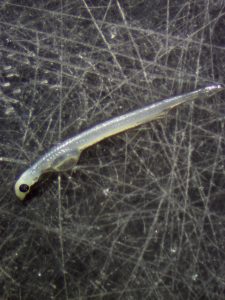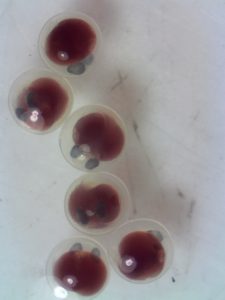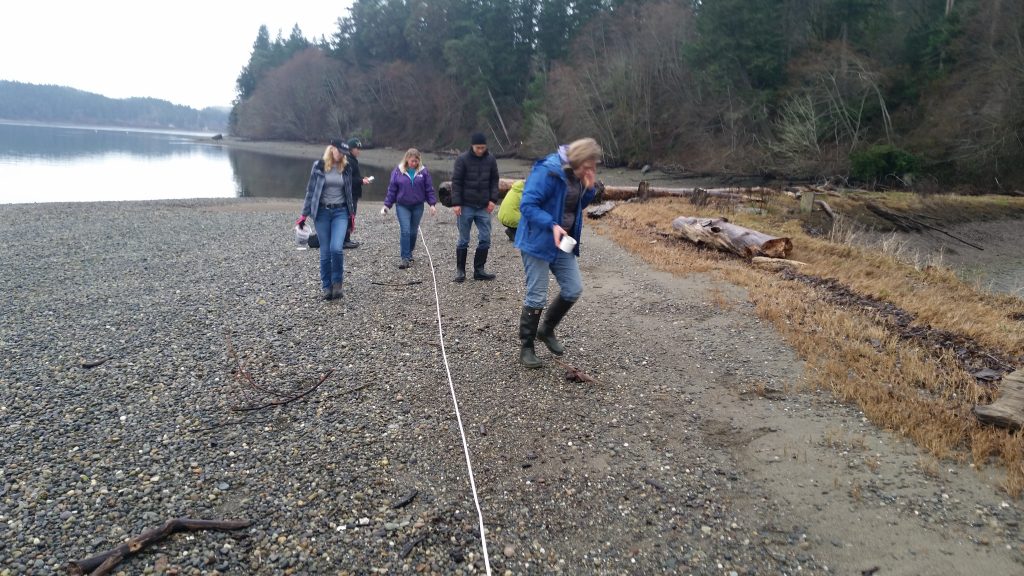 What are forage fish?
What are forage fish?
Forage fish are small, abundant, schooling, fish that include herring, sardine, anchovy, sand lance, and multiple species of smelt that feed on plankton and are preyed upon by larger fish, marine mammals, and various seabirds. Surf smelt are a nearshore species found from Long Beach, California to Chignik Lagoon, Alaska. They occur throughout the marine waters of Washington and in the southernmost region of Puget Sound. Pacific sand lance occurs throughout the coastal northern Pacific Ocean from the Sea of Japan to southern California, and is widespread within the nearshore marine waters of Washington, including the entire Puget Sound basin. Sand lances inhabit nearshore waters and spawn between November and February. Sites and spawning habitats of sand lance are similar to that of surf smelt: upper intertidal sand and gravel beaches.
Why are we surveying for forage fish?
Forage fish are key prey species for marine mammals, birds, and fishes, including Pacific salmon. Little is known of the biology or abundance of most stocks of forage fish: population levels, age composition, and mortality rates are unknown. An exception is herring- a species for which we have more information. Washington Department of Fish and Wildlife (WDFW) understands that in the San Juan Islands and the Strait of Juan de Fuca, the general established spawning times are summer for surf smelt, with sporadic spawning throughout the year, and fall/winter for sand lance. It is generally thought that in South Puget Sound this holds true for sand lance, but surf smelt here spawn in fall/winter. We want to find out when and where sand lance and surf smelt are spawning outside of their normal season. In order to do this, we are working with volunteers to collect sample beach sediment and examine them under the microscope to identify eggs.
If you want to participate in our Forage Fish Spawning Surveys, please email us at nrnc@nisquallyestuary.org or call the Center at (360) 459-0387.
2016-2018 Forage Fish Monitoring Report
2013-2014 NRAR Forage Fish Survey Report

